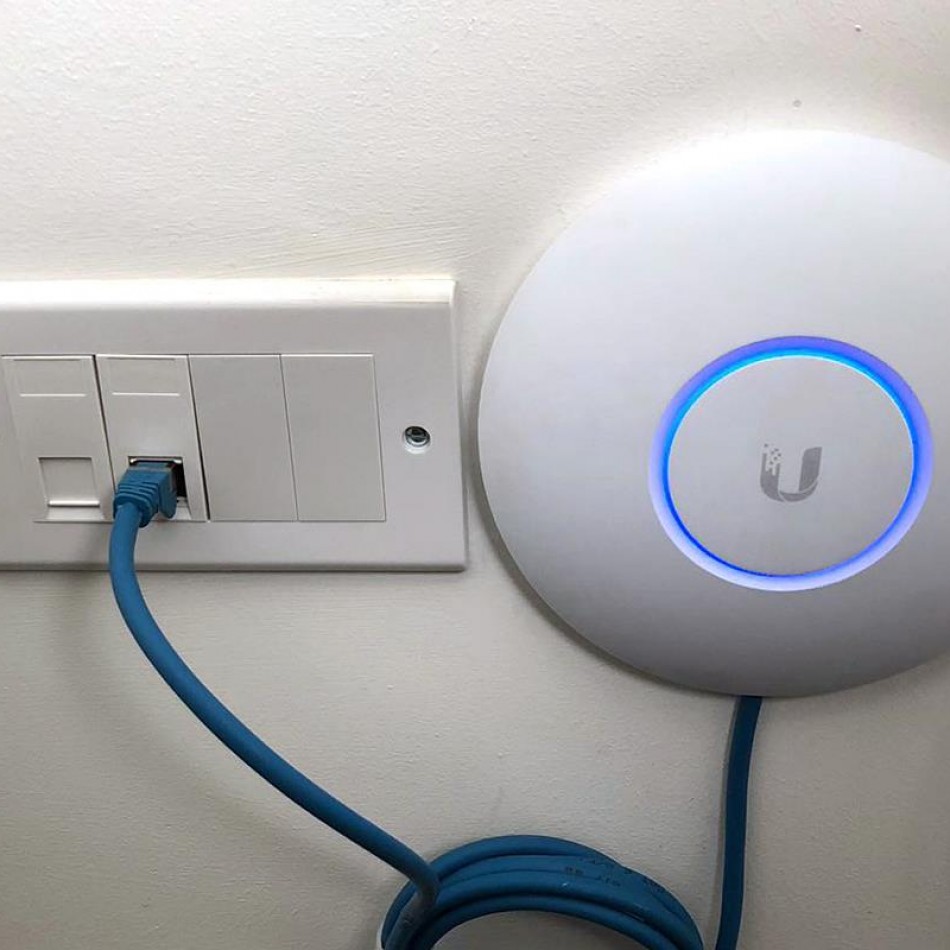Anyone who remembers the frustrations of trying to load a programme from a cassette tape will occasionally have a moment of wonder at the way modern technology has moved on over the last couple of decades.
Being able to access the internet at the touch of a button on a device that isn’t even plugged in has become second nature to most of us, but it is important to ensuring that your home set-up is capable of supporting all the technology that you want to use it. Having an understanding of the equipment involved can be a distinct advantage when it comes to installing, upgrading and troubleshooting any problems on your network.
What is a wireless access point?
A wireless access point (often referred to as a WAP) is a piece of equipment that enables you to connect devices which have wi-fi access to your wired network. Some wireless access points are integrated into a wireless router, but standalone ones are usually connected to a router via a wired Ethernet connection to provide access to the network using radio frequency links to enable other devices to access the wired connection.
Most homes only require a wireless router, which will usually have a wireless access point built into it, to provide wi-fi throughout an average-sized house. However, additional wireless access points are used in places such as offices, schools or other larger spaces, where there could be a number of devices trying to access a network as the use of access points negates the need for cables and wires to be run throughout the building.
The limits of a wireless access point
A single, standard access point is capable of communicating with up to 30 different clients over a distance of around 103 meters. However, these are maximums, and usually, there will be limitations to these imposed by the placement of the wireless access point, the structure and design of the building or area in which it is located and the presence of other devices which may interfere with its signal. Other factors which can affect the efficacy of a signal include the weather, the type of antenna used and the power output of the devices used. The range of an access point can be extended using repeaters to increase the radio signal or reflectors which allow the signal to be bounced around within the target area.
Using wireless access points in a business or other workplace
Organisations which want to provide wireless access to a network usually do so through a Local Area Network or LAN. This is a network of computers which are all connected to one another to enable them to access shared file systems and, historically, required every device in the network to be connected using a common communications line linked to a server. This was usually achieved using a type of coaxial cable to transmit radio frequency signals between the devices, but modern LANs are usually wireless to enable other devices, such as smartphones, tablets and other portable technology to access them as well.
Who else uses wireless access points?
The areas in which people can connect to wireless access points are sometimes known as ‘hotspots’ or ‘wi-fi hotspots’, and as well as being used in a number of workplaces, to enable staff to connect to the company network from anywhere in the office, their reach is widening every day. Public places such as coffee shops, trains, libraries and airports often provide wi-fi through a wireless access point, and some areas have introduced city-wide wi-fi using this technology.
If you need professional help then please get in touch with ADS Smart Home today.


